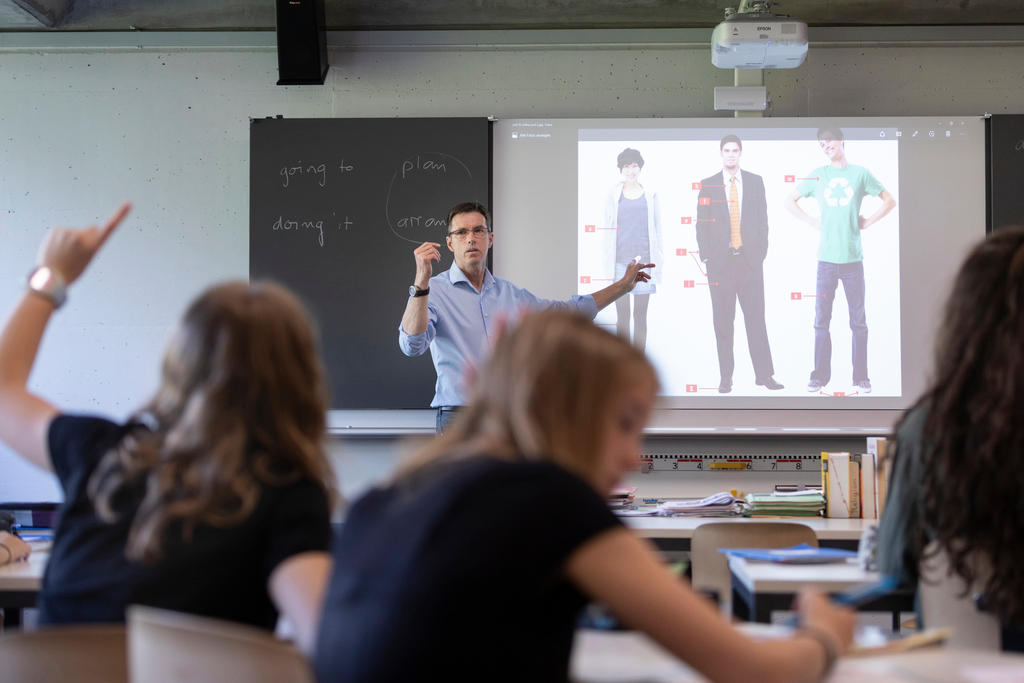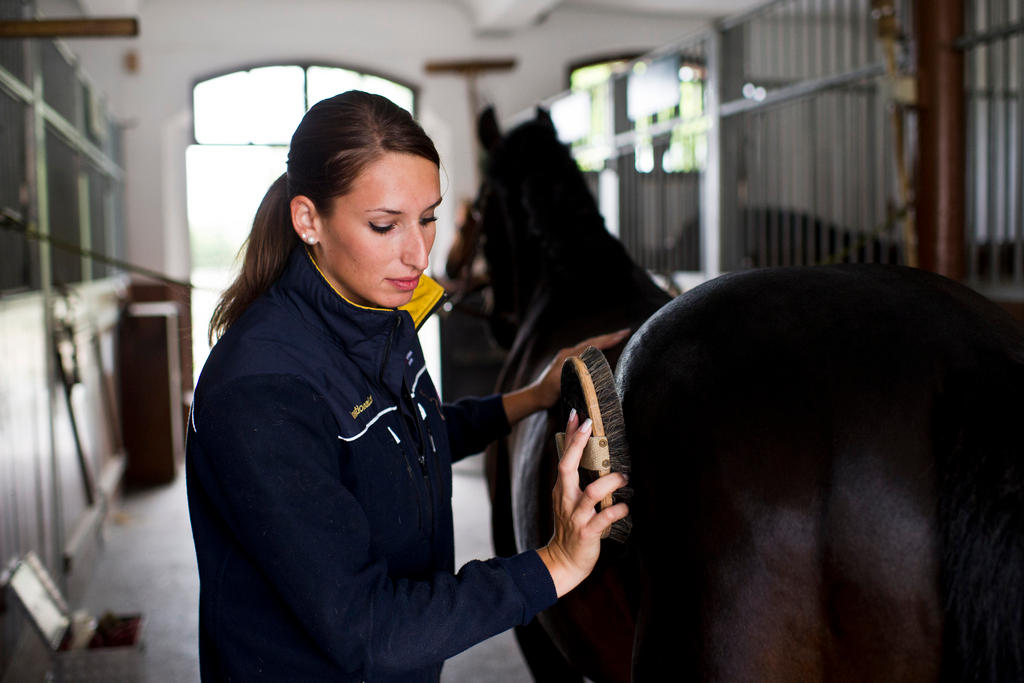OECD: upward educational mobility ‘possible in Switzerland’

People from disadvantaged groups are more likely to participate in Swiss higher education and have better outcomes than in many other countries, says the Organisation for Economic Co-operation and Development (OECD). But there is still room for improvement.
Switzerland does perform better in terms of equity in education (equal opportunities) – the key theme of the 2018 global OECD reportExternal link – than average in most areas, the OECD confirmed to swissinfo.ch on Tuesday.
Indeed, students in Switzerland have more opportunities for upward educational mobility than on average across other OECD countries, it said in its country report for SwitzerlandExternal link.
For example, the country was above average when it came to the likelihood of students advancing to tertiary education (higher education institutions) when they do not have a tertiary-educated parent.
But this group was one that was “still less likely to perform well or attain higher levels of education than those from an advantaged background,” said the OECD’s Marie-Helene Doumet in an email.
There were also other areas needing improvement. Foreign-born adults in Switzerland are more likely to have gone to university or higher education than the OECD average. But comparative to other countries, they have a harder time finding jobs than locally-born degree holders, the OECD said.
Vocational training
Overall, as in other OECD countries, most people have upper secondary levelExternal link (education that prepares for higher education or entry into the workplace) as their highest qualification level in Switzerland (45%).
The country is however above average in terms of bachelor and masters level attainment and has a higher proportion of doctorate holders than any other OECD country at 3% of its adult population.
Vocational training remains a key field in the Swiss educational landscape, with 65% of upper secondary students enrolled in vocational programmes, the report said. This compares to a 44% OECD average. In all, 58% are enrolled in combined school- and work based programmes, “the highest share across all OECD countries,” the report noted.
Tradition, model
Switzerland’s dual vocational and education training (VET) system is often held up as a model for others, with interest from countries such as Singapore and the United States.

More
Swiss vocational training serves as a model for others
Emanuel von Erlach from the Federal Statistical OfficeExternal link, told swissinfo.ch via email that there was a long-standing tradition for VET and especially work-study programmes and that they had comparatively high prestige in Switzerland.
“The VET system in Switzerland not only prepares people for entering the labour market but also for various educational programmes on the tertiary level like universities of applied sciences and professional education and training,” he said.

In compliance with the JTI standards
More: SWI swissinfo.ch certified by the Journalism Trust Initiative





You can find an overview of ongoing debates with our journalists here. Please join us!
If you want to start a conversation about a topic raised in this article or want to report factual errors, email us at english@swissinfo.ch.